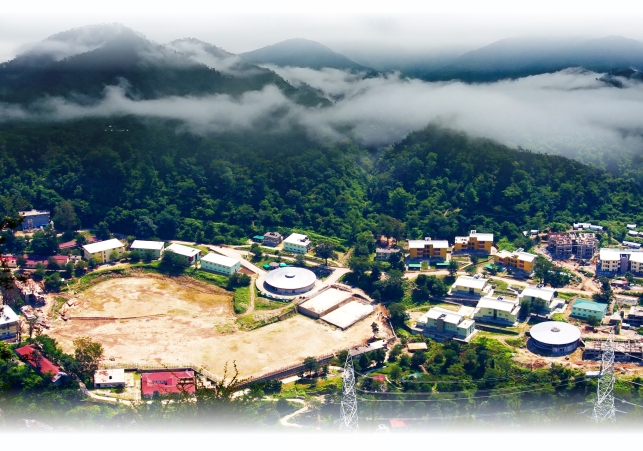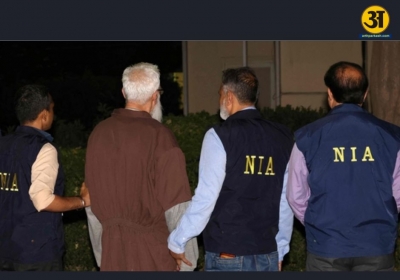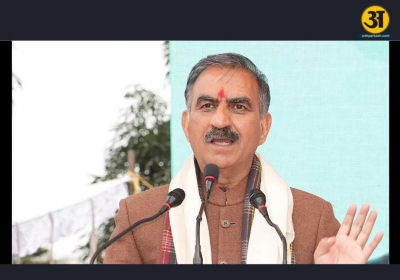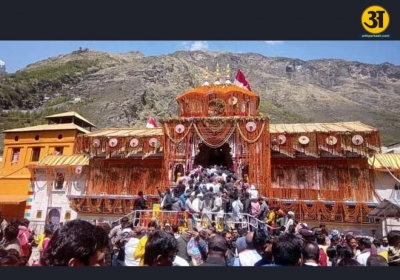
Backlash against IIT-Mandi chief linking meat-eating to Himachal crisis
IIT-Mandi chief faces backlash for connecting 'meat-eating' to Himachal crisis
- By Gurmehar --
- Friday, 08 Sep, 2023
The director of the Indian Institute of Technology (IIT) Mandi, Laxmidhar Behera, is facing intense criticism on social media for linking recent cloudbursts and landslides in Himachal Pradesh to meat consumption. In a viral video, Behera addresses a group of students, stating that abstaining from meat is essential to becoming a good human being. He further suggests that Himachal Pradesh faces potential repercussions if innocent animals continue to be slaughtered for meat consumption.
However, Behera has not responded to requests for comment regarding the video, and the exact date of his speech remains unknown. Geologist and Dean of the School of Earth and Environmental Sciences at the Central University of Himachal Pradesh, Ambrish Kumar Mahajan, offered a contrasting perspective, asserting that the recent disasters resulted from geological factors intertwined with human activities.
The controversial statement and public outcry
In the video that triggered the backlash, Behera poses a rhetorical question to the students: "To become a good human being, what do you have to do?" He promptly answers, "No meat eating," and encourages the students to repeat this response. Behera's assertion that Himachal Pradesh could suffer due to the slaughter of innocent animals for meat has drawn widespread criticism, with many questioning the scientific basis for such a claim.
ALSO READ: Himachal Pradesh rains: Devastation strikes as nature's fury unleashes tragedy
Geological and anthropogenic factors in recent disasters
Geologist Ambrish Kumar Mahajan asserts that the recent cloudbursts and landslides in Himachal Pradesh can be attributed to a combination of geological and anthropogenic factors. While Behera's claim focuses on meat consumption, Mahajan emphasizes that these disasters are primarily driven by geological forces and human activities.
Geological factors encompass the region's natural vulnerability to extreme weather conditions and landslides due to its location in the young and active Himalayan range. The Himalayas, being a relatively new and tectonically active mountain range, are more prone to seismic activity and landslides.
On the other hand, anthropogenic factors include unplanned construction, deforestation, and human-induced changes in land use. These activities have disrupted the region's delicate ecological balance and increased the risk of disasters. Unregulated construction and environmental degradation further exacerbate the vulnerability of Himachal Pradesh to landslides and cloudbursts.
ALSO READ: G20 summit in New Delhi boosts tourism in Himachal Pradesh
The controversy surrounding the director's statement underscores the importance of relying on scientific research and expert opinion when addressing complex issues like natural disasters. While public discourse can play a crucial role in raising awareness, it is vital to base statements and policies on well-established facts and empirical evidence. In the case of Himachal Pradesh's recent disasters, the consensus among experts remains that geological and anthropogenic factors are the primary drivers, highlighting the need for comprehensive and science-based solutions to mitigate future risks.





